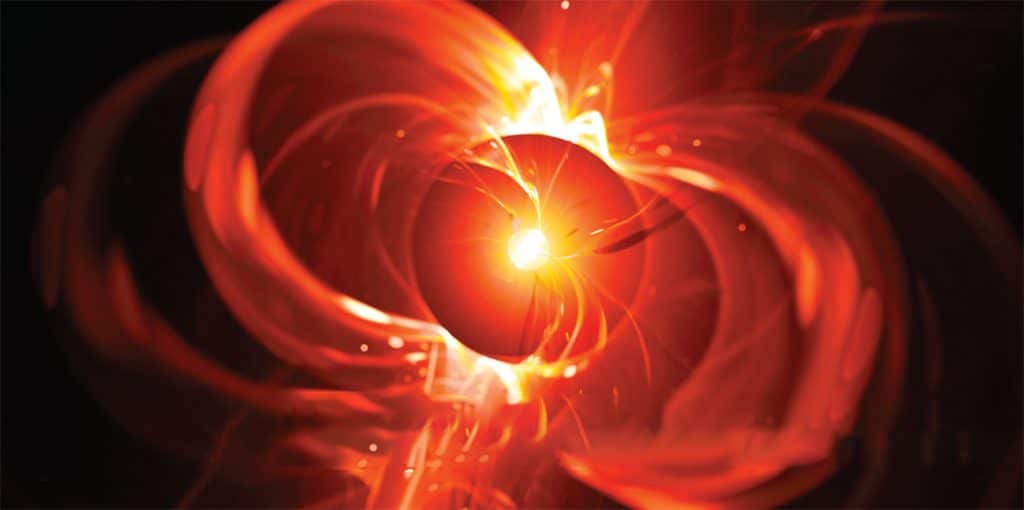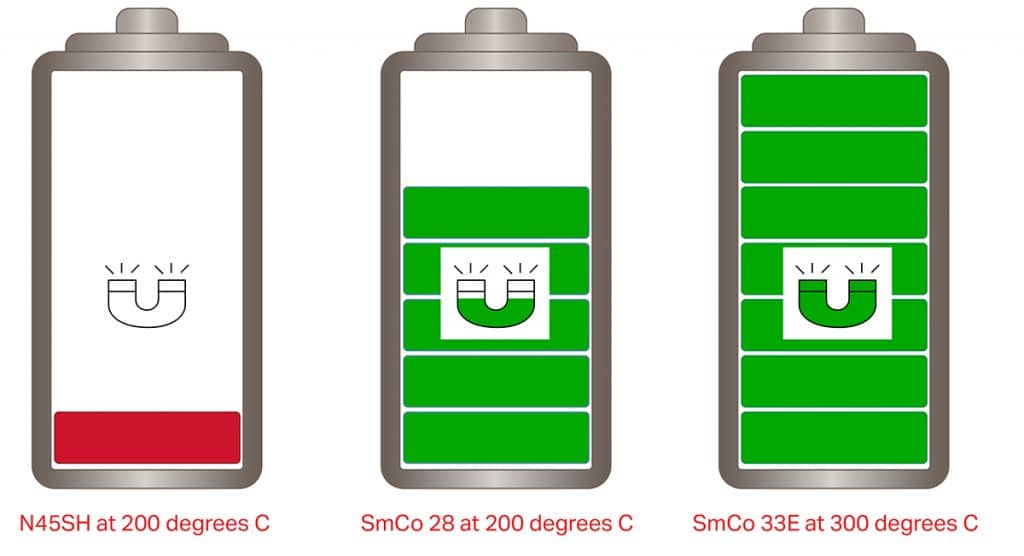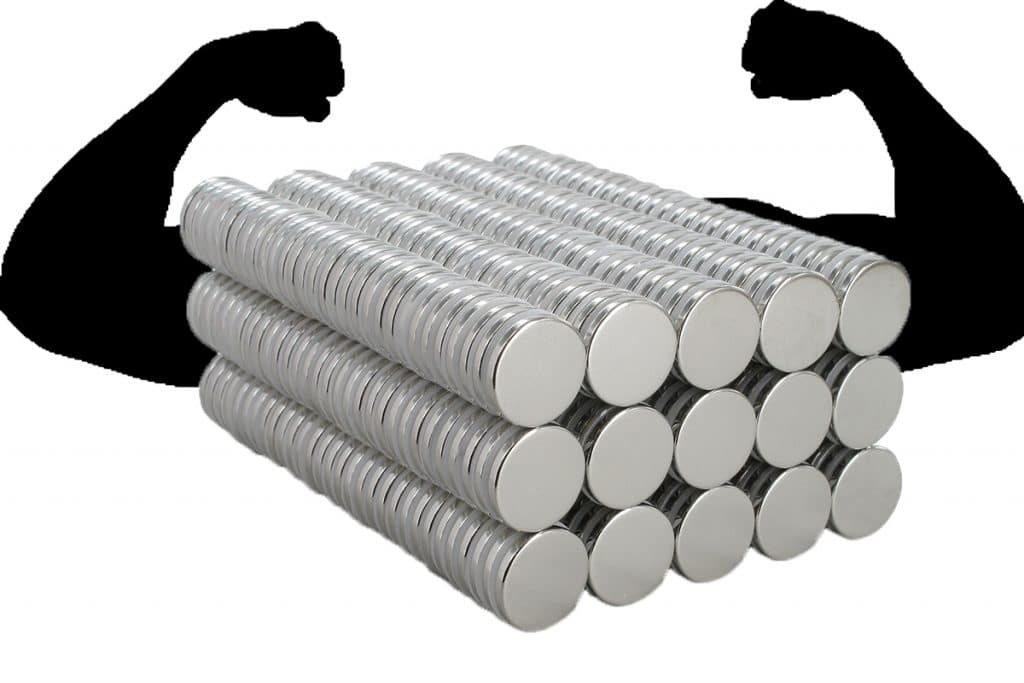Magnet
Limiting Heavy Rare Earths Reliance for Neodymium Magnets
The growth in demand for neodymium-iron-boron (NdFeB) permanent magnets to maintain magnetic performance at high temperatures led to the inclusion of heavy rare earths such as dysprosium and terbium. The addition of these elements increases the coercivity of NdFeB i.e. it allows the magnets to operate at higher temperatures without losing their magnetic properties. The…
Read MoreUnderstanding Magnetic Permeance Coefficient
Firstly, it is important to understand that the maximum working temperature of a NdFeB magnet is not defined by the material grade! It is essential to calculate the magnetic permeance coefficient to establish what grade of material you need. The two examples compare the same magnet but with different thicknesses, one at 30mm and one at…
Read MoreMedical Magnet Spotlight: Magnets and Cochlear Implants
Magnets feature in a wide range of medical applications including heart pumps, surgical tools, hearing aids, and cochlear implants. A cochlear implant is a surgically implanted neuroprosthesis that provides a person who has moderate-to-profound sensorineural hearing loss with sound perception. Unlike hearing aids, which amplify sounds, cochlear implants bypass damaged areas of the ear and…
Read MoreCoatings for Neodymium Magnets
Nearly every neodymium magnet will be plated or coated and, as the most powerful permanent magnet available, they are used in many different applications. However, they possess physical characteristics that require them to be plated or coated in order to protect them from damage. In their raw form, neodymium magnets are quite brittle, and as…
Read MoreMagnets and the Curie Temperature
The term “Curie temperature (Tc)” or “Curie point” gets frequently mentioned when discussing magnets and magnetic properties. The Curie temperature relates to the maximum temperature a material can reach before losing its magnetic properties. On reaching a magnetic material’s Curie temperature, the spontaneous magnetisation in the material drops to zero. At this point, the material…
Read MorePermanent Magnet Motors Providing Key Benefits
Permanent magnet motors are electric motors using permanent magnets in addition to windings. Such motor designs are more efficient than induction motors or motors with field windings for certain high-efficiency applications such as electric vehicles and small electric motors such as found on drones and in car windshield wipers. Both AC and DC motors benefit…
Read MoreXGS33 Expands Bunting’s Samarium Cobalt Magnets Range
Bunting’s range of Samarium Cobalt (SmCo) Rare Earth Magnets now includes the XGS33, XGS33M and XGS33H grades, which provide higher stability and magnetic performance at raised temperatures. Such performance characteristics are critical in applications for the automotive, aerospace and electronics sectors. Technical Product Information: Samarium Cobalt Magnets Advantages of Samarium Cobalt Magnets Rare Earth magnets…
Read MoreRare Earth Magnets in Electric Vehicle Motors
The global move towards the electrification of vehicles continues to gather momentum. In 2010, the number of electric cars on the world’s roads reached 7.2 million, of which 46% were in China (iea.org/reports/global-ev-outlook-2020). By 2030, the number of electric cars is expected to swell to 250 million, a massive growth in a relatively short time.…
Read MoreBunting-Berkhamsted 2020 Review
On January 1st, nobody could have predicted the challenges businesses would face in 2020. Despite the restrictions and obstacles presented by the Covid-19 pandemic, companies adapted and continued to design and manufacture as they supported customers. December provides the ideal opportunity to reflect on many of Bunting-Berkhamsted’s positive news stories shared in 2020. A Positive…
Read MoreExplaining Neodymium Magnet Strength
Neodymium Rare Earth Magnets are the strongest commercially available permanent magnets in the world. Originally invented by General Motors and Sumitomo Special Metals in the early 1980s, Neodymium Magnets are a key component in mobile phones, computers, wind turbines, and modern cars. The list of applications is nearly endless. As the name suggests, the prime…
Read More









